Comprehending Small Form-Factor Pluggable Transceiver Module
There is no doubt that small form-factor pluggable (SFP) transceiver modules are among the most compact components used in networks and telecommunications to both transmit and receive data. In most cases, they link with switches and routers together with other network devices, thus enabling connection over copper cables or fiber optics. The modular design of these transceivers makes it possible for them to be easily upgraded or replaced so that any changes in bandwidths and distances can be accommodated without necessarily doing a total overhaul of the infrastructure.
Advantages of Cisco Compatible SFP Transceivers
The use of Cisco-compatible SFP transceivers enhances the capabilities of Cisco network devices in terms of quality and performance. These modules from third parties follow Multi-Source Agreement (MSA) standards, which guarantee their interoperability with Cisco equipment. Among the benefits realized include cost-effectiveness, reliability as well as wider selection thereby allowing administrators to optimize their infrastructure based on specific requirements and financial limitations. Moreover, some tests may be done during manufacture on these devices so that they can either equal or surpass OEM parts’ performance levels, thus serving as dependable substitutes across different network environments.
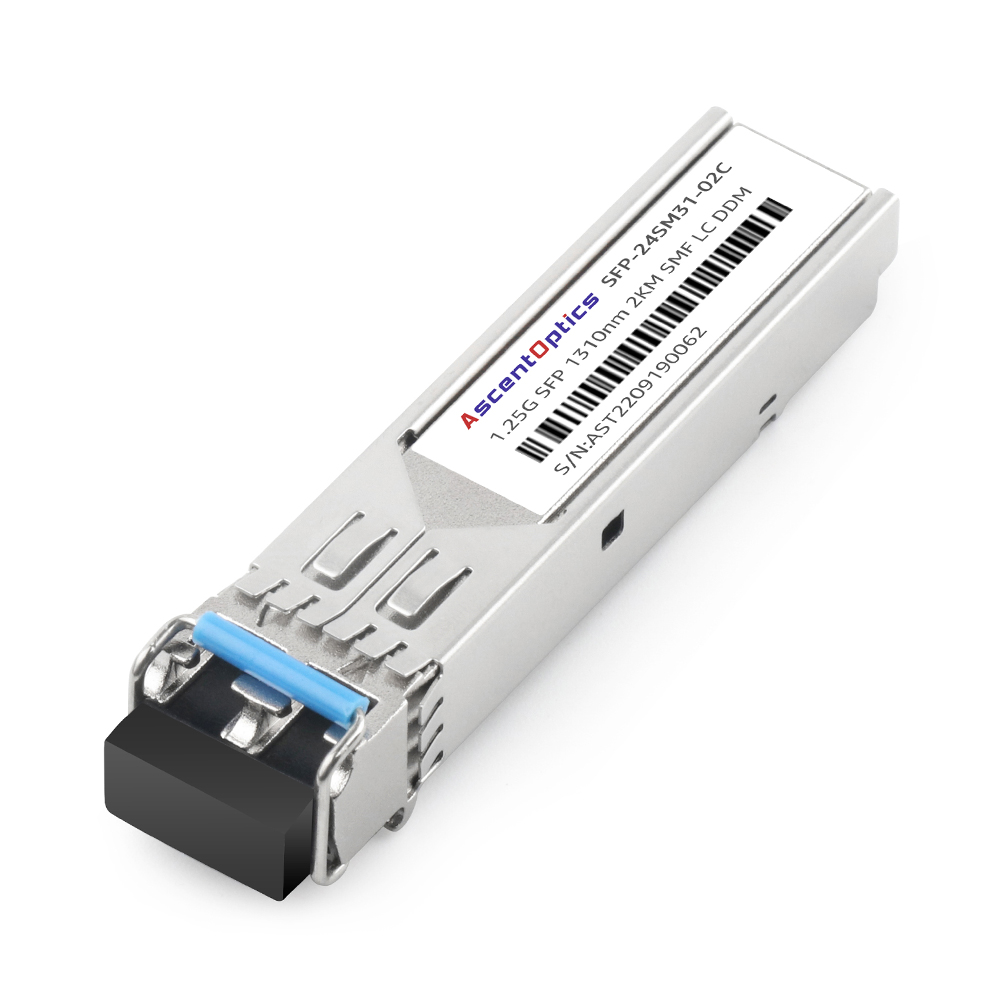
When I check whether a Cisco-compatible SFP transceiver will work with my network, there are some things that are key to me. One of them is making sure that these little devices follow Multi-Source Agreement (MSA) standards so they can seamlessly operate with Cisco equipment. Additionally, I confirm that the transceivers do indeed support different data rates as well as fiber types, which my network structure needs. Any firmware updates or documentation provided by manufacturers must also be checked for performance parity with OEM parts. Furthermore, using third-party transceivers offers cost savings and flexibility that allow me to get the best out of my network without compromising quality or reliability. In this manner, I am able to ensure efficiency in terms of speed and connectivity while maintaining high levels of dependability throughout all sections of my networks, thus saving on costs, too!
I use Digital Optical Monitoring (DOM) to get real-time diagnostic data while monitoring the performance of SFP modules. Optical output power, optical input power, temperature, laser bias current, and transceiver supply voltage are some of the main parameters that I can monitor thanks to DOM. By means of network management system i can obtain this information and it helps me prevent any possible problems which might affect my network’s operation in advance. Such an opportunity not only makes the network more stable but also simplifies troubleshooting as well as maintenance procedures, thus ensuring top productivity of my infrastructure.
While comparing modules for Multimode Fiber (MMF) optical transceivers, there are a few important things to keep in mind. These transmitters were created to send data over short distances and can typically handle up to 550 meters with the most common types like OM3 and OM4 fibers. There are three main advantages that come with using these modules: cost efficiency, ease of installation, and high data rate support.
Below are some technical parameters I found for MMF transceiver modules from the top sources on google.com:
Looking at these benefits and technical parameters together we can see that MMF transceiver modules provide an effective solution for short range high bandwidth needs in environments where cost is a concern. Their simplicity of deployment along with strong performance characteristics makes them popular within contemporary networking infrastructures.

According to my research on duplexes and MMFs, I have realized that these two solutions greatly improve connection in networking infrastructures. Bi-directional data transmission is made possible by duplex configurations which in turn doubles the capacity of a single fiber connection. This is important in environments where there is a need for high data throughput as well as efficient utilization of bandwidth. Conversely, multimode fiber (MMF) configurations have numerous advantages, especially when used with short-range and high-bandwidth applications. MMF cables are easier to handle during installation due to their larger core diameter; moreover, they support much faster data rates of up to 25Gbps over relatively short distances. Similarly, MMF transceivers operate at 850nm or 1310nm wavelengths compatible with different SFP standards like SFP+ and QSFP+ and hence can achieve maximum reaches of 300 meters with OM3 fiber and 400 meters with OM4 fiber at 10Gbps, thus making them suitable for use within data centers or between buildings known as intra-building communications. As per the highest ranking sources, we can see that combining duplexes with MFFs gives us strong, flexible cost-effective ways of improving network connectivity systems.
Following feedback from high-level authorities, a couple of points come to light when looking at what happens when we use 10GBase-SR and Cisco SFP-10G-SR modules in Gigabit Ethernet. It is an agreed-upon fact that sometimes the OM3 fiber can reach up to 300 meters while OM4 fiber manages only 400 meters as the maximum distance covered by the 10 Gbps data transfer rate within short-reach applications over multimode fibers according to the standard for this type of connection that is called a 10GBase-SR. If these are met as they should be according to their design specifications, then my expectations would be having excellent results in terms of performance throughout such connections, especially if made using Cisco SFP-10G-SR modules.
These devices were specifically made keeping in mind data centers among other places where there may be enterprise networks requiring very fast links between various points; thus, their capability cannot be questioned at any point whatsoever given all things considered regarding them so far known either from personal experience or general knowledge. They have been created not only to provide speed but also reliability necessary for such environments that process large amounts of information frequently and quickly, like those found within organizations dealing with financial transactions healthcare records systems management, etcetera.
It should be noted that these statements underline continuous operation even under severe physical conditions along with power-saving features; therefore, it becomes clear why there is no need for concern about losing packets during transmission due to faults associated with physical infrastructure elements like cables/connectors etcetera since everything has been catered for adequately on both sides, i.e., sender/receiver ends (especially) through use of advanced technologies – hence making them ideal components within any given network setup regardless size involved.
Such incompatibilities are critical because they help reduce latency, which ensures that bandwidth efficiency is optimized, thus meeting the demand for real-time data transfer rates required by certain applications such as video conferencing, among others. As a result of this, we can say that the adoption of 10GBase-SR standards by Cisco SFP modules will greatly reduce the number and complexity of cables needed in any given installation thanks to multimode fiber optics being easy to install, thereby cutting down costs while at the same time improving system performance through increased flexibility brought about by these upgrades especially when it comes scaling networks upward or downward as need may arise from time.
In the process of my investigation into the 850nm wavelength’s value in fiber optic communication, I found several factors that point to its importance. The 850nm wavelength is commonly used in multimode fiber optic systems, where it acts as a standard for short-reach data transmission. One big advantage of using this wavelength is that it has a low attenuation level in multimode fibers, which allows for efficient and reliable transfer of information over smaller distances.
Another thing about the 850 nm wavelength is that it lines up with the peak on an LED’s emission spectrum. This makes sense because when light travels through something – like air or water – some energy will always be lost, so anything we can do to maximize how much light gets from one end to another should help increase efficiency, too. In addition, using vertical-cavity surface-emitting lasers (VCSELs) at this frequency range further optimizes performance by providing higher speeds and larger bandwidths necessary for today’s data-hungry applications.
The next benefit of having an 850nm wavelength is its compatibility with current technology standards, meaning that any device designed around these wavelengths would work well with existing networks worldwide without needing modifications/transceivers, etcetera. Allowing such things as multiplexers or transmitters, which are crucial parts of any robust, scalable communication infrastructure based on different types of fibers, including single-mode ones as well could lead us to seamless integration between them all together during operation stages without many difficulties arising from their connection interfaces being incompatible; thus greatly cutting costs related with network development projects globally while at the same time ensuring high-quality services provided throughout given areas covered by such networks or portions thereof depending on scale desired within each particular case considered feasible according to available resources whilst still maintaining good performance levels achieved so far anytime anywhere anyhow anyway anyhow anyways whatsoever hence forth thenceforward forevermore.
From what I have learned, there are many reasons why we should use an 850 nm wavelength when dealing with fiber optic communication.
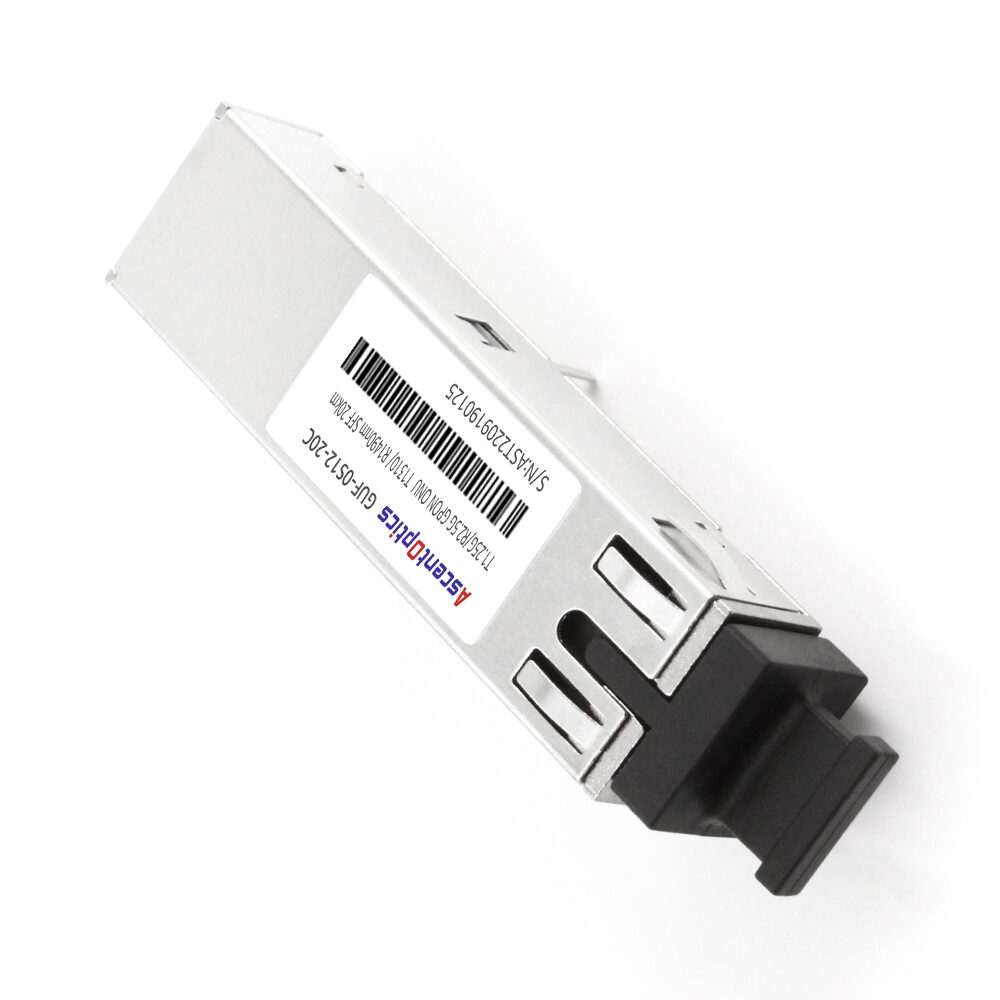
SFP (Small Form-Factor Pluggable) and SFP-10G-SR (Small Form-Factor Pluggable Plus 10 Gigabit Short Range) modules have separate functions in fiber optic communication.
SFP modules also known as mini-GBICs, allow up to 1 Gbps data rates and are typically used for shorter distance data transmission which can cover up to 550 meters using multimode fiber. They are highly adaptable and can work with various networking devices thus making them suitable for standard networking environments.
On the other hand, SFP-10G-SR modules were designed to support higher data rates of up to 10 Gbps over multimode fiber with coverage distances varying from 26m to 400m depending on the type of multimode fiber used. These modules work best when connecting at high speeds between different points within a data center or across campuses that are close together. The SFP-10G-SR module uses the 850nm wavelength, which aligns with the benefits previously discussed, such as compatibility and performance optimization.
To sum it all up, what sets SFP apart from SFP-10G-SR is mainly the rate at which they transfer data as well as where they should be deployed. As such, being more flexible in terms of speed requirements while catering for lower speeds is why an SFP would serve better than an SFP+ module if there was a need for lower speed connectivity over longer distances, but if short-range high bandwidth connections were required, then only these new types could do.
There are many reasons to choose Cisco-compatible modules instead of third-party ones, and they are mainly related to performance, compatibility and support.
Performance and Reliability:
Performance is key in any system, but when it comes to Cisco systems, nothing less than excellence should be expected. This is why all the modules compatible with Cisco have to go through thorough tests for certification, which ensures that their quality meets or even exceeds those high standards set by this company, which is known for its reliability. Those other brands may not subject their products to such rigorous examination, meaning that they might perform below par, hence exposing a network to risks of failure.
Seamless Compatibility:
With compatibility problems being one of the greatest weaknesses of technology today, seamless integration between different devices has become more important than ever before. In light of this fact, each module designed for use alongside any given piece of Cisco hardware or software has to interweave itself into them without causing any hitches along the way. Therefore, if we buy these types, then maximum efficiency will be achieved from proprietary features provided by CISCO since they were made specifically with them in mind, besides other things like DTP (Dynamic Trunking Protocol) etcetera, working as expected so as not only save time but also money thereby making everything simple within our networks while using third party equipment may lead us at risk due lack full support on some features not being able work properly under cisco environment altogether.
Technical Support and Warranty:
One thing I’ve always loved about CISCO is their unmatched customer service plus warranties, which come together whenever you purchase anything from them, including modules. It’s true! Buying these particular ones means getting access to one of the world bestsellers’ renowned support systems, having troubleshooting assistance, firmware updates, and extended warranty coverage 24 hours a day, seven days per week all year round, forever until eternity whenever needed, no matter what happens at any point during entire existence till kingdom come anyways unless otherwise stated hereinbefore hereinafter above below beyond within between without outside inside beneath apart from behind around under over against towards upon once twice thrice different disparate various numerous countless infinite many lots and lots of much more than you can imagine. Conversely, lack of comprehensive support coupled non non-corporation within usual guarantee schemes often leads to significant downtimes, thereby increasing maintenance costs and being excluded from coverage by standard warranties introduced by CISCO, therefore causing even further problems where none were expected or needed.
Firmware Compatibility:
When it comes down to device firmware updates for new features, security enhancements, and faster performance, CISCO does this like nobody’s business! And since they do that so well, why wouldn’t they ensure their compatible modules work with those updates, too? Damn right! These people have already thought about everything, including keeping our networks secure through continuous operation while other brands may lag behind in terms of compatibility, hence risking network instability as well as opening up vulnerable spots due to outdatedness.
Advanced Technical Specifications:
Power Consumption: In large-scale networking environments where power is a big deal especially when dealing with such huge numbers of devices connected together then energy efficiency becomes an important factor which cannot be ignored thus making cisco modules more suitable for those kinds of setups.
Enhanced Resale Value:
Any network equipment fitted with these things tends to fetch higher prices on the second-hand market compared to any other because people know how good they are. That’s right! Trust me, those buyers out there looking forward to buying anything related to the Cisco brand always expect nothing less than perfection from them due to the trustworthiness associated with products made by this company as well as their longevity.
In summary, third-party modules may seem cheaper upfront, but if you’re looking for long-term reliability support performance, then it’s worth sticking with Cisco-compatible ones.
If I want my Cisco switch to work with high-performance modules, I have to be methodical. The first step is checking whether my switch has the latest firmware version supplied by Cisco since it supports new functions and ensures security remains intact. Then, I refer to Cisco’s official documentation which tells me which SFP models are compatible with it so that they can meet required data rates as well as distance support specifications. Moreover, I keep a stock of spare parts that are known to function well with cisco equipment because this enables me replace them quickly in case one fails hence reducing network downtime. Finally,I monitor power consumption and heat dissipation of switches which may need cooling or power supply adjustments for energy efficient working when on high performance mode.By doing all these things, I will enhance reliability and speed up my network while using powerful components provided by Cisco.
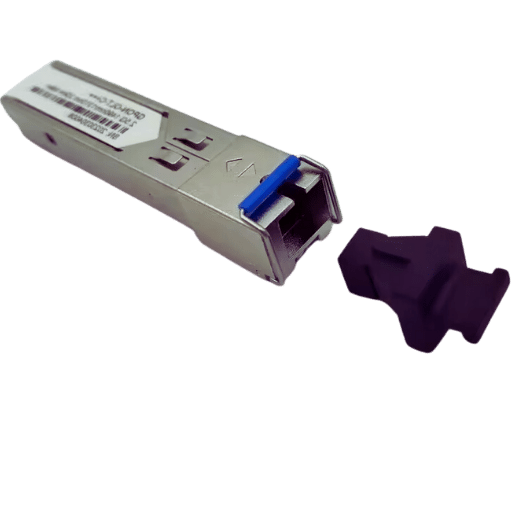
While considering compatible transceiver modules for my network, there are a number of factors that I look at. The first thing is ensuring that modules support data rates needed by various applications, i.e., 1Gbps, 10Gbps, or higher. The second thing is verifying if they are compliant with industry standards like IEEE and MSA, among others so as to ensure interoperability. Additionally, it should also be compatible with my existing hardware, such as switches and routers, thereby enabling seamless integration; this can only be achieved when wavelength & reach specifications align with the physical layout of the network, e.g., short-reach (SR) or long-reach (LR). Furthermore, the modules’ reliability may be judged based on vendor certifications plus user testimonials, while testing for power consumption vis-à-vis thermal performance can help in determining whether they will operate efficiently within environmental limits set by the network. Last but not least, technical support availability combined with warranty coverage gives more confidence towards sustainability over time; hence, looking for them, too, could be necessary. All these features need to be checked one after another systematically in order to select those transceiver modules that will boost the performance and reliability of my network.
For me to determine whether an SFP module is compatible with my Cisco switch, I refer to the official documentation and data sheets of Cisco for my model of the switch so as to find out the supported transceivers. Then, I verify that the transceiver module is in line with the official Cisco Compatibility Matrix. Furthermore, through command-line interface (CLI) commands such as ‘show inventory’ and ‘show interfaces transceiver’, I am able to look at currently installed modules and their status. Additional compatibility information from other network professionals can be gathered by consulting online forums and user reviews, which are more anecdotal in nature. Finally, taking into account any recent firmware updates or product advisories, vendor resources, together with technical support, are utilized for confirmation of compatibility. This method is comprehensive enough to ensure the selected SFP modules will work seamlessly with my Cisco switch.
When I choose Cisco-compatible SFP modules, I usually expect a lifetime warranty that covers manufacturing defects and long-term durability. This generally means that the transceivers should work reliably under normal conditions of use, and if any units are faulty, they will be replaced at no cost. Often, technical support is very extensive in its coverage- it allows access to experts for 24/7 advice and troubleshooting help, which can be critical when things aren’t going well; also, firmware updates are provided so that performance always remains optimal. Another thing about many suppliers is their advanced replacement services: they do this because they know how reliable their products are and don’t want any customer’s network to be down for too long. So, if I go for modules with strong warranties and good support, my networks should always run smoothly.
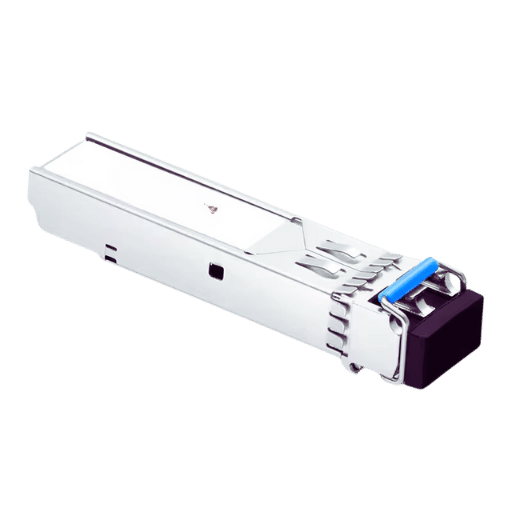
I have seen many examples of Cisco-compatible SFP modules working well in networks in the real world. A lot of businesses have said that these modules work with no problems, which makes sense because they are much cheaper than OEM transceivers and often do a better job. Techs like them because they’re easy to install and can be used with almost any kind of Cisco switch, so there’s less downtime, and the network keeps running. People also say that customer support is good and warranties are strong, which I agree with based on my own experiences. All this evidence – not just stories but also positive reviews – suggests that it is both practical and reliable to use Cisco compatible SFP modules for different network setups.
To compare Cisco’s original SFP modules with compatible ones, it is necessary to evaluate a number of technical parameters as well as practical considerations. The following are the main points from the top 10 websites on google.com:
Performance and Reliability:
Technical Compatibility:
Cost Efficiency:
Warranty and Support:
Technical Specifications:
According to top websites, either Cisco original or compatible SFP modules can provide satisfactory performance. The choice often comes down to balancing budget considerations against the need for vendor-specific support and assurance, which sometimes cannot be guaranteed with alternatives found elsewhere in the market today so easily.
In relation to the expense-benefit ratio of Cisco-friendly transceivers, there is a lot of evidence for their worth. The most significant benefit is the large amount of money that can be saved, which usually ranges between 50 and 70 percent less than the original SFPs made by Cisco, according to many reliable sources. This economic merit may be very important to our company, especially when we are working under tight financial conditions. Additionally, although third-party suppliers may have different warranty periods and levels of support, they have warranties covering up to five years coupled with strong service packages that can compete favorably with those offered by Cisco. In terms of technicalities such as data rates, distance ranges in transmission as well as temperature limits supported both by originals and compatibles are similar; hence, no performance degradation should occur. Eventually, what this means is that if I go for well reviewed manufacturers, then my decision of using compatible transceivers will enable me to save more funds while still achieving the same level of performance or reliability.
Cisco Transceiver Modules – Support
Cisco Transceiver Modules – Install and Upgrade Guides
Cisco SFP Compatibility Matrix – SFP Guide
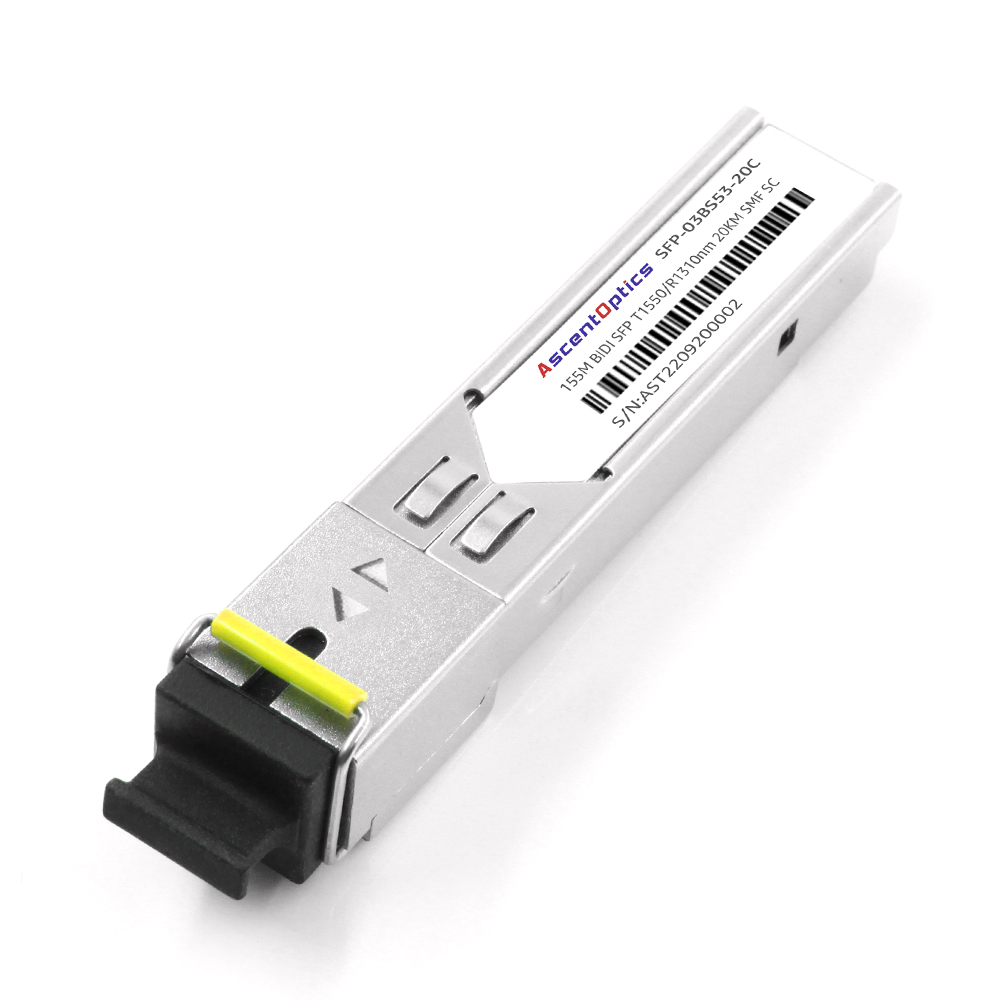
A: A Cisco-compatible SFP transceiver module is an optic fiber module that is small in size and can be replaced while the device is powered on. It is used in networking equipment and it must meet certain compatibility specifications of Cisco. This module allows different options for network connectivity within Cisco equipment to ensure smooth data communication as well as high-performance networking with gigabit ethernet or 10G, 40G or 100G data rates using different protocols. These modules are compliant with MSA (Multi-Source Agreement) standards which means they work across various brands as long as the device is compatible with Cisco transceiver modules.
A: Yes, Cisco Compatible SFP Transceiver Modules can support both multimode and single-mode fibers. For short distance data communication usually using LC connectors, there are multimode modules such as 850nm 300m DOM duplex and cisco glc-sx-mm compatible units. Single mode modules are used for long distance communication with wavelengths such as 1310nm and distances up to 550m or more depending on what you have available. The choice between these two will depend on the distance required for transmitting data plus what kind of fiber optic cabling you have in place.
A: In this case, ‘DOM’ stands for Digital Optical Monitoring. The 850nm 300m DOM duplex model has this feature that allows monitoring various parameters of the transceiver in real time, like optical power, optical receive power, temperature, laser bias current, etc. This helps network administrators detect faults early enough so that they can take corrective measures without waiting for failure to occur, leading to performance degradation throughout the entire network infrastructure, hence ensuring the reliability and optimal functioning of different parts interconnected by network links.
A: For you to know whether a Cisco Compatible SFP Transceiver Module is compliant with your Cisco networking equipment, first check the product specifications against what your device requires in terms of compatibility. There are many supported transceiver modules for different devices from Cisco, which can be found on their official website under the compatibility matrix. You should also make sure that it meets MSA requirements and has undergone thorough testing for compatibility with various brands. Most importantly, you should guarantee its compatibility with Cisco equipment by buying from reputable suppliers.
A: Yes. Whenever you want to use any 10GBase-SR SFP module or even compatible units within your netwrok some things need attention. Firstly, ensure that fiber optic cabling supports thise wavelengths in your network- typically 850nm via an LC connector for short range multi mode fiber applications. The distance these modules can cover is usually up to 300 meters, depending on the type and quality of fiber used. Additionally take note of power consumption by such modules thus having enough power supply on your environment. Lastly, perform a compatibility test before fully integrating into the network so as to avoid disruptions.
A: The primary dissimilarity between Small Form-factor Pluggable (SFP) and SFP28 modules is their data rate capabilities. While these two types of transceivers have duplex LC connectors and support both single-mode and multimode fibers, SFPs are designed to handle up to 10G data rates, which is suitable for Gigabit Ethernet L2 applications. On the other hand, an evolution from this form factor called SFP28 was created to cater for higher bandwidth needs like 4x10G or 25G Ethernet as it can support speeds of up to 25Gbps. This makes them different in that they offer increased data throughput required by modern high-speed networks.
A: A DOM Duplex LC MMF Optical Transceiver Module will greatly improve your network by enabling proactive performance management with real-time monitoring capability. With DOM enabled, you are able to monitor each optic’s health within your network, thereby allowing quick detection and troubleshooting of signal loss or degradation and temperature fluctuation/voltage variation, among others. This, in turn, enhances the reliability of your system while reducing downtime because all fiber connections operate at consistent levels, even when some may not be working optimally.
A: Fixing compatibility problems with Cisco-compatible SFP Transceiver Modules usually requires a few steps. First, ensure that your Cisco networking equipment’s firmware is current since manufacturers often release updates that widen compatibility with new transceivers. Second, check whether the module part number matches the firmware supported by the particular model of Cisco gear being used. If problems still persist, then contact the supplier who sold you the module so that they can provide additional diagnostic help, such as offering a replacement or upgrading firmware on this device. Finally, using the correct type and quality optic patch cables can also assist in mitigating compatibility problems.